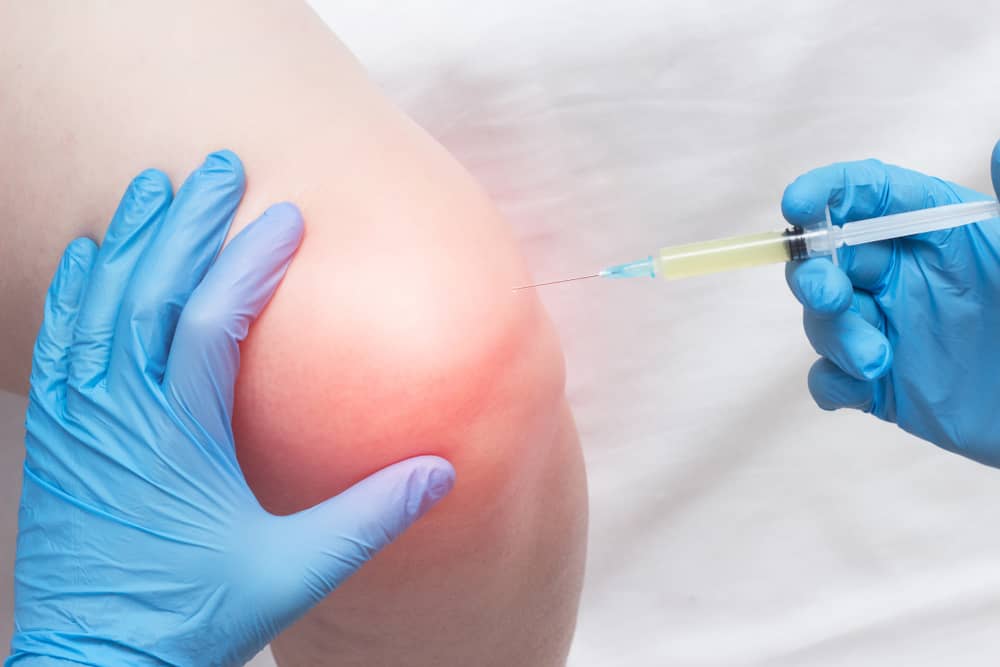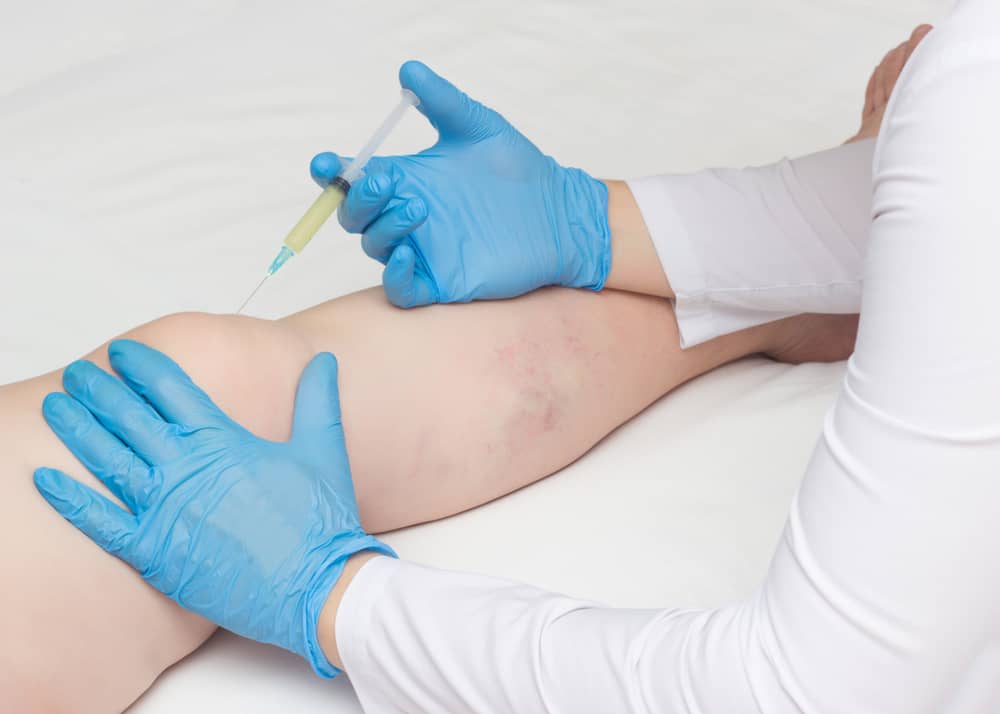Knee aches can be debilitating, affecting your daily lifestyle and mobility. Whether you are in New York City, Manhattan, Long Island, Jericho, or the Financial District (FiDi), finding the right knee ache medical doctor is important to getting back on your toes. The city boasts some of the top knee ache treatment professionals in the United States of America, offering innovative cures to relieve aches and repair characteristics. Here's what you can count on while seeking treatment from these experts.
Comprehensive Diagnosis
The journey to remedy starts with a radical evaluation by a knee pain health practitioner New York. Specialists in Manhattan, Long Island, Jericho, and FiDi are equipped with modern diagnostic systems to correctly determine the cause of your knee ache. From superior imaging strategies to certain physical examinations, those medical doctors leave no stone unturned to understand your circumstances.
Once diagnosed, knee pain treatment specialists Manhattan develop individualized treatment plans tailored to your needs. These plans may also consist of a combination of non-surgical treatments, including physical therapy, medication management, and injections. The goal is to reduce pain and enhance mobility without surgical treatment whenever feasible.

Cutting-Edge Therapies
New York's knee pain treatment specialists provide contemporary treatment plans for those who require more than conservative treatments. These can also encompass:
? Platelet-Rich Plasma (PRP) Therapy: PRP injections use your frame's restoration elements to promote tissue repair and reduce irritation inside the knee joint.
? Stem Cell Therapy: Stem cells regenerate damaged tissues and boost healing, which is a promising choice for people with persistent knee aches.
? Viscosupplementation involves injecting lubricating fluid into the joint to cushion and reduce pain. It is particularly powerful for osteoarthritis sufferers.
? Radiofrequency Ablation: This manner uses warmness to disrupt nerve alerts, causing knee pain and imparting long-lasting alleviation.
Surgical Expertise
When surgical treatment is unavoidable, knee pain doctors in Manhattan, Long Island, Jericho, and FiDi focus on minimally invasive procedures. These encompass arthroscopic surgical procedures to restore ligaments, prevent broken cartilage, or, in excessive instances, general knee alternatives. Their expertise guarantees minimum scarring, faster restoration, and less postoperative pain.
Rehabilitation and Follow-up Care
Recovery does not stop with surgical operation or treatment; it continues with complete rehabilitation programs. Knee pain doctors in NYC work carefully with physical therapists to design rehabilitation plans that optimize recuperation and repair strength and flexibility to the knee joint. Regular follow-up appointments ensure that development is carefully monitored and any issues are addressed promptly.

Holistic Approach
Beyond treating the knee joint, pinnacle Knee Pain Doctors emphasize a holistic approach to well-being. They educate patients on lifestyle adjustments, weight control, and exercise routines to aid long-term joint health and save them destiny accidents.
Patient-Centered Care
What sets Knee Pain Doctor New York apart is their commitment to patient-focused care. They prioritize clear communication, ensuring patients completely recognize their condition and remedy alternatives. This approach empowers sufferers to make knowledgeable choices about their health, fostering a collaborative courting among health practitioners and affected persons.
Finding the Right Specialist
If you're stricken by aches, visit Knee Pain Doctor Manhattan, Long Island, Jericho, or FiDi. Don't delay seeking assistance from a Knee Pain Doctor. Look for board-licensed professionals who are skilled in treating your particular situation and have a long record of success. Reviews and referrals from trusted sources can also guide your decision.
In conclusion, revolutionary knee pain treatments provided by pinnacle professionals in New York City promise relief and healing of patients' characteristics. From advanced diagnostics to cutting-edge healing procedures and personalized care plans, those doctors are committed to enhancing your quality of existence. Whether in Manhattan, Long Island, Jericho, or FiDi, the proper Knee Pain Doctor is prepared to help you regain mobility and stay pain-free.